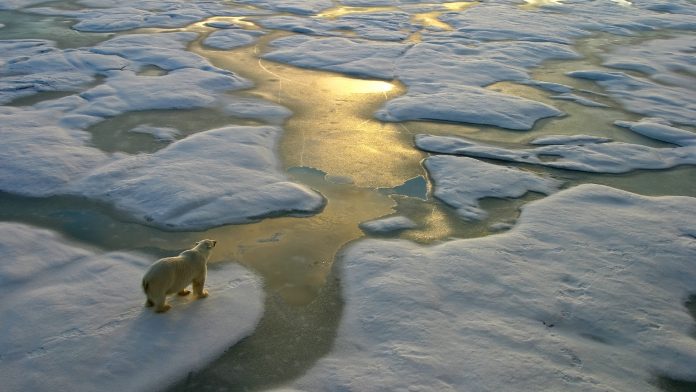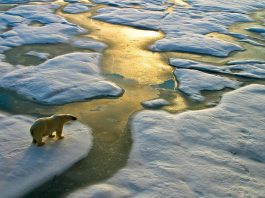Researchers from the Institute of Atmospheric Physics at the Chinese Academy of Sciences, China, evaluated arctic sea ice simulations to improve the prediction of the ice in different seasons.
Climate scientists have examined the decline of arctic sea ice, which could have a significant impact on global weather and climate through interactions with the atmosphere and oceans, for decades.
The arctic region could be essential to maintaining and improving the livelihoods of millions of people – as the Arctic shipping routes are a shortcut to connect many countries in the Northern Hemisphere and the Arctic region is also rich in natural resources. Simulation of the Arctic sea ice could provide valuable information for Arctic shipping as well as climate studies. Therefore, it is urgent to evaluate the ability to simulate Arctic sea ice and diagnose the sources of simulation errors.
To address the issue of error source identification, Professor Fei Zheng and his team from the Institute of Atmospheric Physics at the Chinese Academy of Sciences, China, evaluated the sea ice simulations of the Arctic regional ocean ice coupling configuration of the Massachusetts Institute of Technology general circulation model (MITgcm).
Zheng said: “We evaluated the model’s performance in the Arctic cold season (March) and warm season (September), and found the model performances are different in the two months. Due to the uncertainty of the model, the model’s insufficient response to the signal of atmospheric forcings, and the insufficient response to the ocean boundary signal, there were disagreements between the simulations and observations in both March and September.”
According to their paper, published in Advances in Atmospheric Sciences, the characteristics of seasonally varying model error sources could be fully considered by means of an ensemble approach, so as to achieve the goal of improving the simulation and prediction of the Arctic sea ice in different seasons in future work.
The team’s paper, entitled ‘Evaluation of Arctic Sea-ice Cover and Thickness Simulated by MITgcm’, states: ‘When the model underestimates the atmospheric influence on the sea ice evolution in March, deviations in the sea-ice concentration arise at the ice edges and are higher than those in September. In contrast, when the model underestimates the oceanic boundaries’ influence on the September sea-ice evolution, disagreements in the distribution of the sea-ice concentration and its trend are found over most marginal seas in the Arctic Ocean.’









